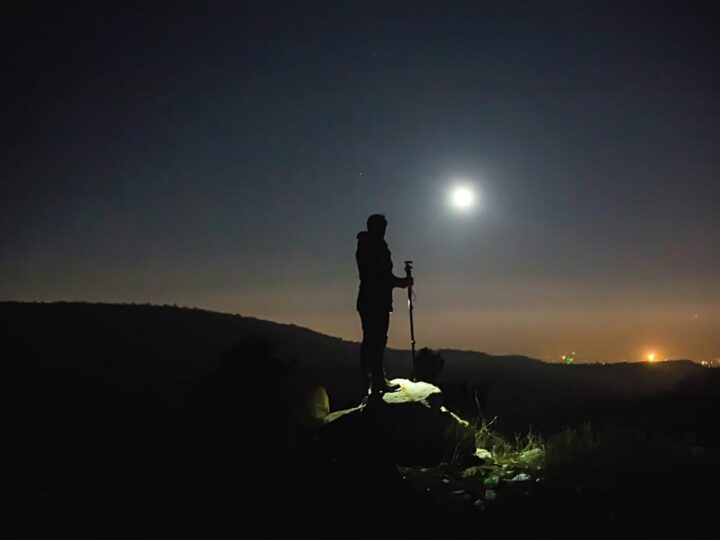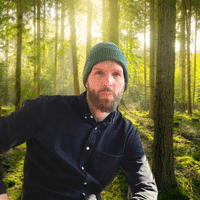Nighttime is quite magical, and this is why my hubby loves climbing at night. It is quiet and peaceful.
And instead of finding someplace to stay overnight in nature and carrying bulky sleeping gear on a long climb, you can climb through the night and get some sleep when the sun’s up.
Climbing at night isn’t for everyone, as my hubby likes to say (I can imagine since I’m not overly fond of being in the dark).
During dinner a few days ago, I asked him what tips he’d share with fellow climbers who’d like to climb at night. This is what I learned.
Table of Contents
What Are the Best Tips for Climbing at Night?
When climbing at night, first choose where to climb. Second, don’t use bright lights in the walk-in. Other tips are to be extra vigilant and careful, buy a quality headlamp, have a backup light and lantern, use precise crag footwork, communicate well with fellow climbers, and not rely on technology.
10 Best Tips If You Want to Climb at Night
Interested in experiencing the magic of the night while you climb a mountain, a boulder, or El Capitan?
Then you’re in the right place. Here are my husband’s best tips for nighttime climbing:
Tip 1: Wisely Choose Where You Want to Climb
When you want to attempt nighttime climbing, consider whether the venue is suitable for climbing at night.

Questions to ask yourself when considering the appropriateness of the climbing venue are:
- Can you access the venue? (By not breaking any laws or trespassing)
- Are there any restrictions in place at the venue?
- Will you disturb any wildlife in the area, or will your light and movement attract them to you?
- Will people (farmers, rangers, rural policemen, or even local residents) have reason to think you are up to no good? (Like thinking you are stealing livestock or committing a wildlife crime because they aren’t aware you are a nighttime climber)
- Do you know where potential problem areas are? Do you know how to get off (if needed on a boulder)? What are the holds on the crag, and what are they like?
- Are there any spaces you can spend the night if you need to? (Even a small ledge works if you need to get some shut-eye, and sitting upright could be much better than needing to sleep at a hanging belay.)
- What’s the weather forecast? At night, you won’t be able to see the approaching weather like you would when climbing during broad daylight.
Tip 2: Beware When You Use Big or Bright Lights
During the walk-in, only use a head torch or carry torch to ensure there’s minimal impact on any livestock and wildlife in the area.
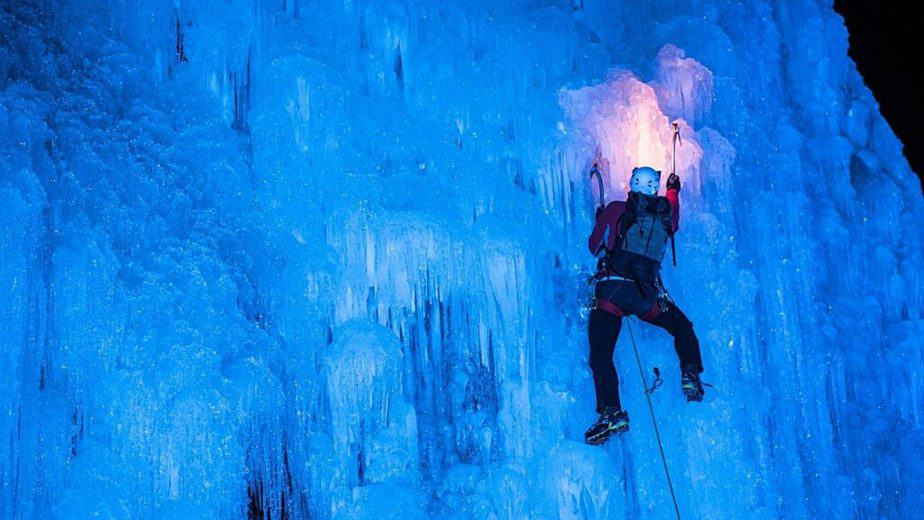
Tip 3: Minimize Light Pollution
Related to tip #2, you want to minimize light pollution during nighttime climbing. So don’t direct light at places that are not the crag or wave torches around if you don’t need to.
Keep your light directed onto the crag, and switch off lights when you aren’t climbing.
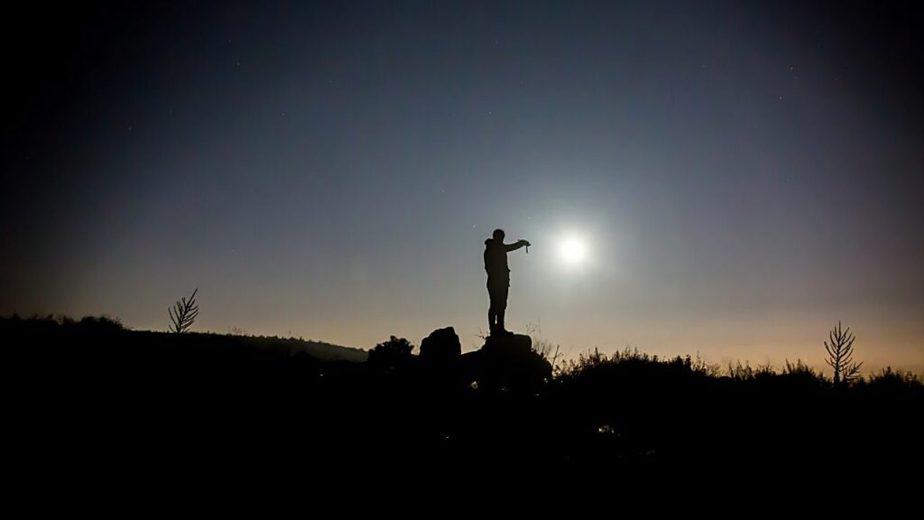
Tip 4: Leave Fuel Lamps at Home
LED lamps are safe to take with you when you go climbing at night.
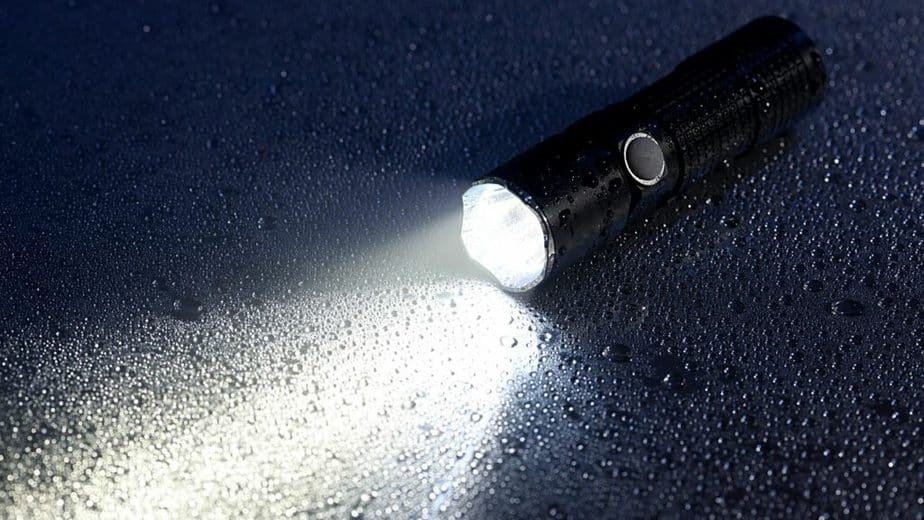
If you use liquid fuel lamps or gas lamps, there’s a high risk for a fire to start.
These kinds of “dangerous” lamps are also not appropriate for most of the settings where you go climbing.
Tip 5: Minimize Noise Pollution
There’s less background noise at night, so sound carries further and also seems a lot louder than during the daytime.
Don’t shout at your fellow climbers or fans (friends watching from the ground) since you’ll disturb the wildlife.
Keep a low profile when you climb at night.
Tip 6: Be Vigilant and Careful
Climbing at night isn’t recommended for newbie climbers or anyone who isn’t comfortable in the dark. But if nighttime climbing is for you, you want to be extra vigilant and careful.
It’s more challenging to deal with accidents at night, so you’ll want to make sure you feel comfortable climbing the crag.
Tip 7: Get a High-Quality Headlamp
A headlamp is a must for climbing at night. Some tips when buying a headlamp:
- Get a headlamp with a really bright light. But you want a headlight that has multiple lumen outputs so you can make sure not to blind yourself when the light reflects off the rock or the glare to hide a hold.
- Opt for a rechargeable headlamp, or pack extra batteries. With the battery option, choose a headlight that you can easily change its batteries. You don’t want to fumble and struggle to change batteries while on the wall.
- Know how long your headlamp lasts.
- Ensure the headlight can illuminate the wall ahead or below you. It’s better that you get to see further ahead.
Make sure you know how to attach your headlamp to your helmet.
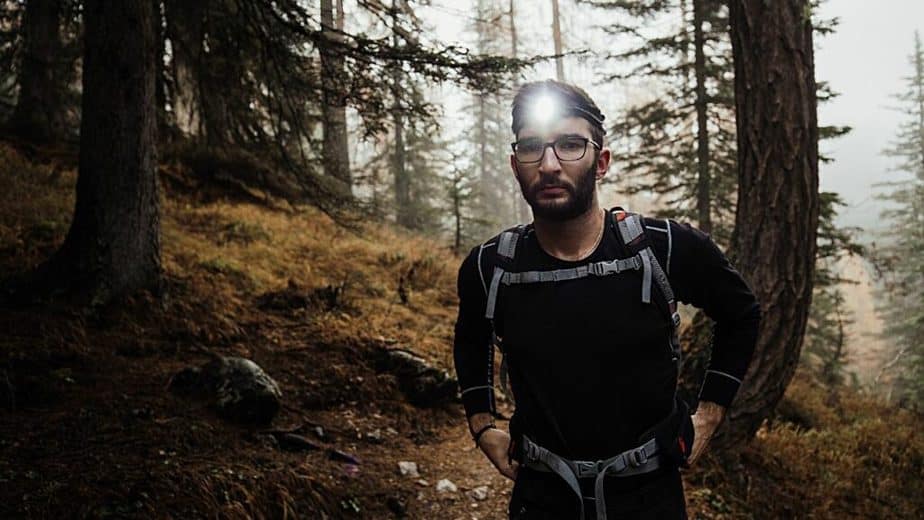
Get a backup lantern and light. Like with Murphy’s Law, the time you need backup lights, you won’t have them.
Tip 8: Be Precise With Your Footwork
When you climb at night, you need to be extra precise with your footwork. Move carefully and take your time. Use your headlamp to check for shadows.
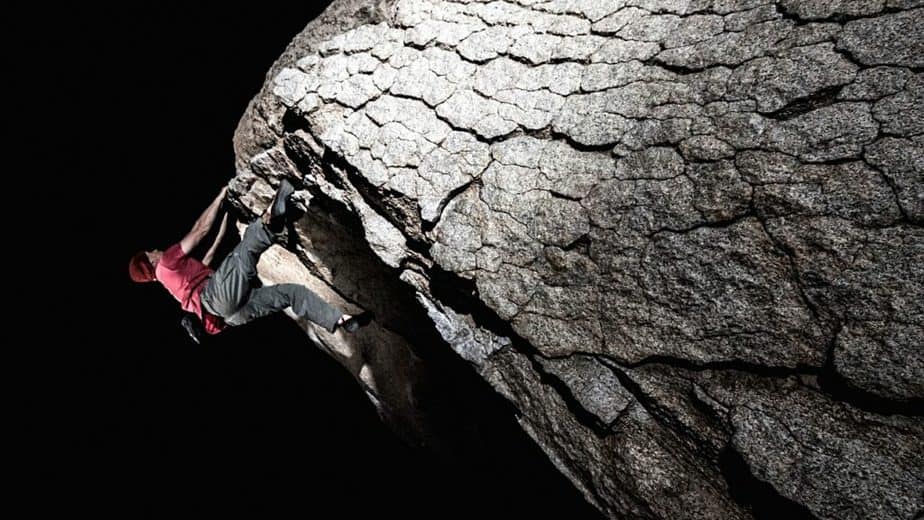
Luckily, when you climb during nighttime, the rock surface will be cooler, so your climbing shoes will stick better to the rock as there’s more friction.
Tip 9: Communicate With Your Partner
If you are climbing with a group of friends or a partner, you want to ensure you communicate clearly with each other.
It isn’t like in the daytime where you can hint at something and your partner can more easily see what you see. In the dark, you need to clearly explain what you noticed or experienced.
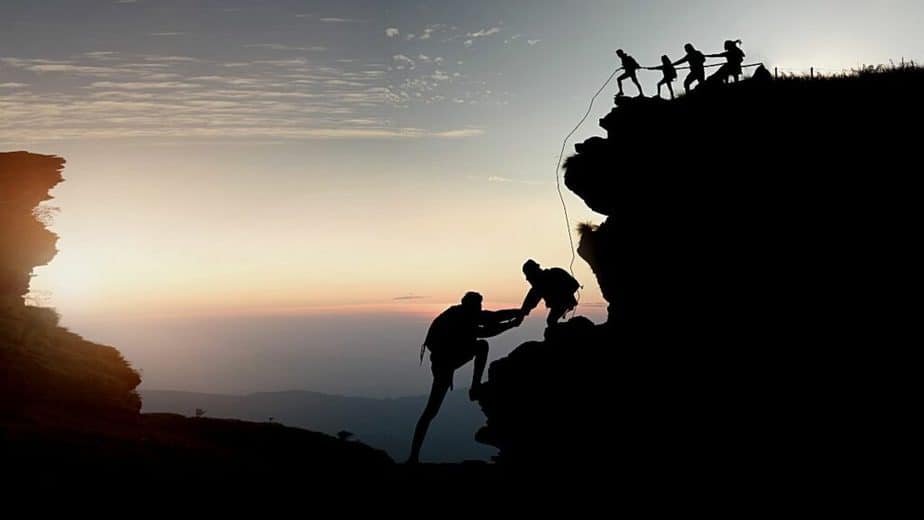
Communicating well can save both you and your partner from having an accident.
Tip 10: Don’t Rely on Tech
This is always applicable, but especially during dark conditions like when you climb at night.
Technology can obviously help you find your way, but if the tech fails, you are stuck. So research first before heading out for a nighttime climb.
Frequently Asked Questions about the Best Tips for Climbing at Night
What is night bouldering?
Night bouldering is the activity of climbing boulders at night rather than during the day. One benefit to night bouldering is better friction since the rock surface will be cool and your climbing shoes can grip better.
What do you need for nighttime climbing?
Depending on the kind of climbing, you need the regular climbing gear like comfortable climbing pants, a T, belay jacket, shoes to carabiners, climbing ropes, a delay device, chalk, climbing harness, and a climbing helmet. For nighttime climbing, you also need a headlamp attached to your helmet.
The Final Climb
My partner absolutely loves climbing at night. Whenever he gets a chance, he and his climbing buddy are off on their next nighttime climbing adventure.
I know he is always careful and checks his gear thoroughly before a climb.
If you want to go climbing at night, ensure you follow these 10 best tips so you can be safe and enjoy your adventure in the dark.
